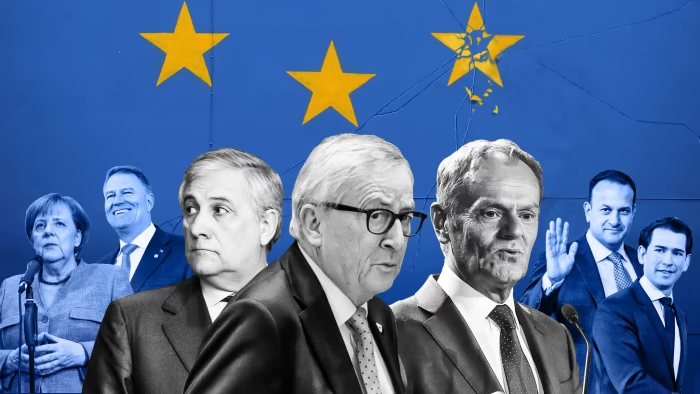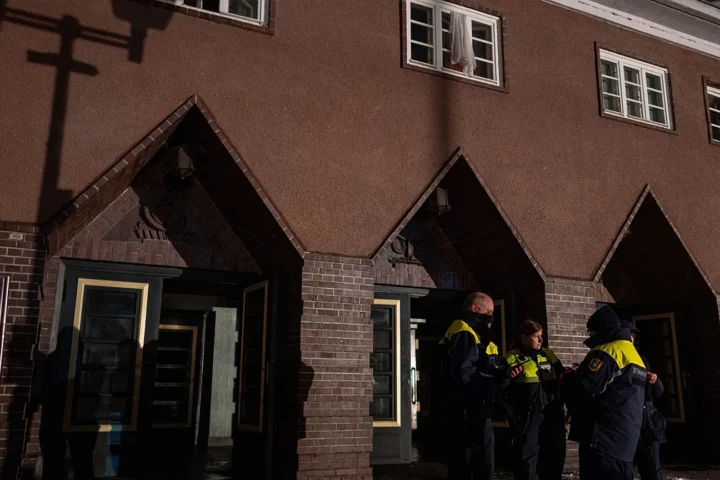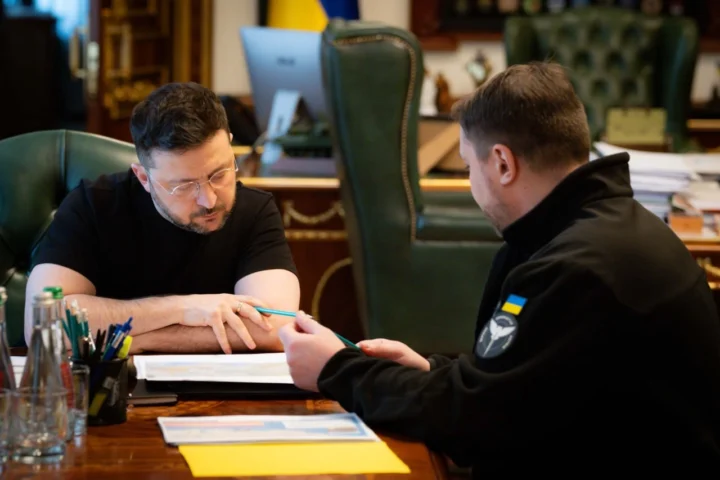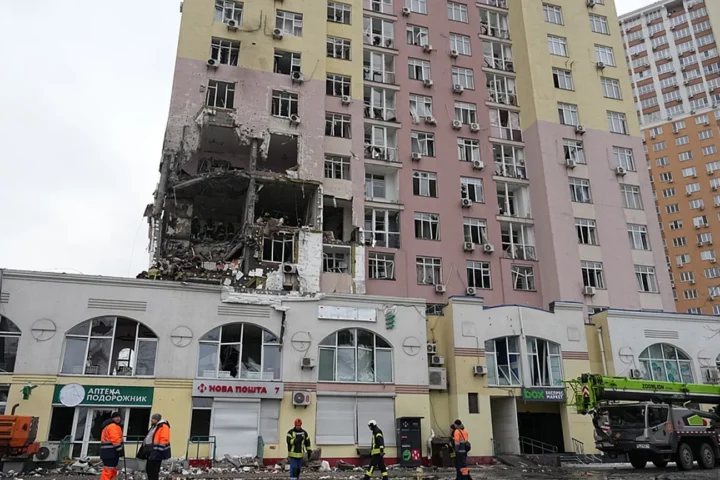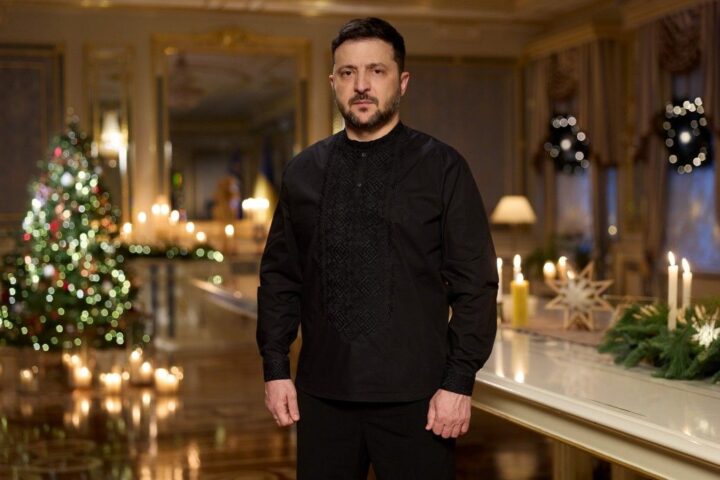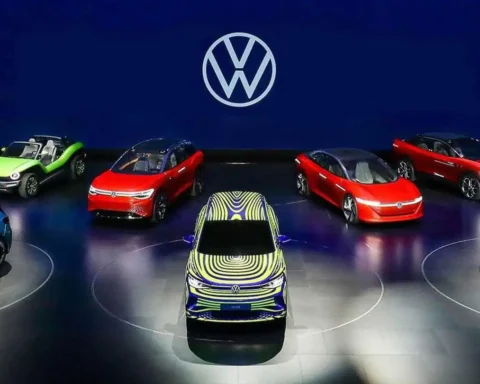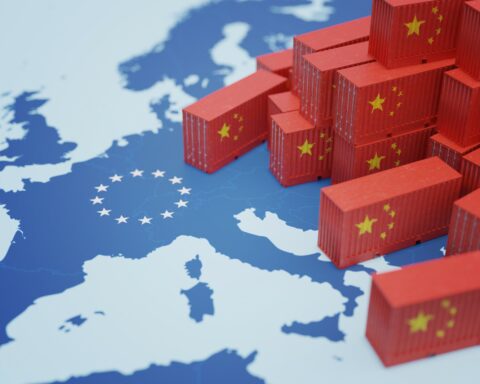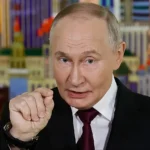As geopolitical tensions remain high in Eastern Europe, especially following Russia’s full-scale invasion of Ukraine in 2022, European nations have stepped up efforts to bolster their defense capabilities and reduce dependency on U.S. support. The question looming over the continent: How is Europe preparing to defend itself against any future Russian aggression?
Here’s a breakdown of how Europe is reinforcing its military posture in 2025.
1. NATO: More Unified and Expanding
NATO remains Europe’s cornerstone for collective defense. In response to Russia’s actions:
- Sweden and Finland have officially joined NATO, extending the alliance’s reach across the Nordic region.
- Troop presence has surged in frontline countries such as Poland, the Baltic states, and Romania.
- The NATO Rapid Deployment Forces are now better equipped and can mobilize within 10 days.
- The alliance has increased military exercises near Russian borders to deter potential threats.
2. EU Defense Autonomy: Building a European Army?
While NATO remains central, the European Union has also pushed for greater strategic autonomy:
- The European Defence Fund (EDF) is pouring billions into joint research and development of next-generation weapons and cybersecurity tools.
- A new EU Rapid Deployment Capacity of 5,000 troops is now operational, designed for crisis responses without relying entirely on U.S. forces.
- The EU is increasing defense spending across member states, with Germany committing over €100 billion to modernize its military.
3. Eastern Front Fortification
Eastern European countries, particularly those bordering Russia or Belarus, are taking no chances:
- Poland is rapidly becoming NATO’s military stronghold in Europe, with massive U.S. troop deployments, upgraded equipment, and new tank battalions.
- Baltic States (Estonia, Latvia, Lithuania) have fortified their borders and installed early-warning systems and missile defenses.
- Several nations are deploying anti-drone and electronic warfare systems, responding to modern threats seen in Ukraine.
4. Energy Independence from Russia
Energy dependency has long been a vulnerability. Since 2022, Europe has made radical progress:
- Russian gas imports have been slashed by over 90%.
- Countries have invested heavily in LNG terminals, nuclear energy, and renewables.
- New energy corridors from Norway, North Africa, and the U.S. have been developed to ensure supply security.
This shift not only strengthens Europe’s resilience during wartime but also weakens Russia’s leverage.
5. Cyber Defense and Disinformation Warfare
With hybrid threats rising, Europe is also focusing on digital defense:
- The EU Cybersecurity Strategy has launched new protocols to defend critical infrastructure from Russian cyberattacks.
- Counter-disinformation units are actively monitoring and dismantling fake news campaigns and Russian propaganda, particularly in vulnerable regions.
6. Ukraine as a Strategic Ally
Ukraine, while not a NATO member, has become central to Europe’s security strategy:
- The EU and NATO continue supplying Ukraine with advanced weapons, training, and intelligence.
- Long-term security pacts have been signed between Ukraine and European powers such as France, Germany, and the UK.
- Ukraine’s battlefield experiences are shaping new military doctrines and procurement strategies across Europe.
Conclusion: A More Militarized Europe
The war in Ukraine has forced Europe to confront the realities of a more dangerous neighborhood. What was once unthinkable—major defense spending, conscription debates, and talk of a “European army”—is now active policy. Europe in 2025 is stronger, more united, and better prepared than at any time since the Cold War.
While the threat from Russia hasn’t disappeared, the continent is signaling clearly: Europe will not be caught unprepared again.
